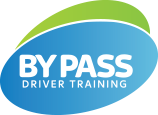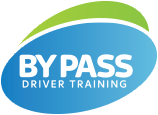Welcome to By-Pass (Est. in 1985). We provide a wide range of transport & logistics training at our centre and at customer sites across the UK.
Providing training services to businesses and individuals we have built a reputation for comprehensive & professional training to many sectors including local authorities, logistics companies, construction & warehousing.
Call: 02380695956 or email info@by-pass.co.uk
For Lifting Equipment Training Services (including training for Slinger, Crane & Telehandler) please visit our sister site:- www.letstraining.co.uk















